My master’s degree graduation thesis

What does the 4th industrial revolution mean for industrial designers and consumer products?
Technological development is often depicted to be happening in revolutionary waves called industrial revolutions. The first industrial revolution brought mechanical production with the steam engine. The second industrial revolution brought mass production, mass markets and mass communication. The third industrial revolution brought us connectedness and digital technologies.
The fourth industrial revolution is said to be on our doorstep. What will the industrial designers of consumer products need in order to be prepared for the future? And what will the products of that future look like?
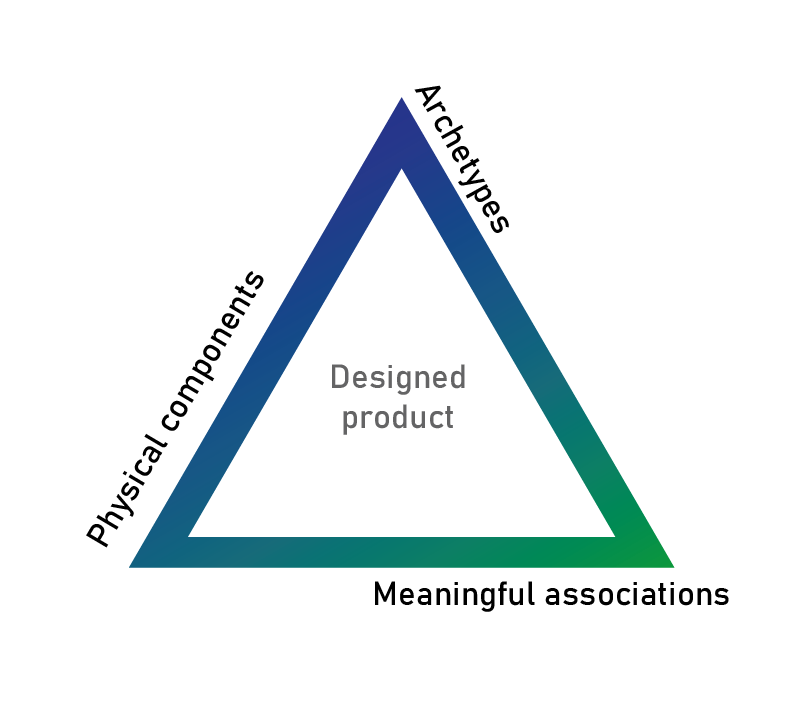
The shape of technological consumer products is made up out of three elements. One part its physical components, one part meaningful associations and its relation to the archetype of the product type. In the first industrial revolution, products had little to no embedded meaningful associations and large physical parts that determined the form of the products (often large machines). In the second industrial revolution, markets for technological products, such as electrical household appliances, became mass markets. To distinguish oneself from the competition, meaningful product characteristics were introduced. At the same time, physical elements of the technologies became increasingly smaller and required more ergonomics for users to understand increasingly complex inner workings. Archetypes could be used for this purpose. An electrical vaccuum cleaner that was shaped like a broomstick communicates a certain function to the user.
The trends seemed to continue into the third industrial revolution where technologies were even more abstract in function and smaller in size. It is expected, as cloud computing and artificial intelligence rise, that the size of physical components of technology may even be almost completely neglected in future products. If the form of products is not determined by physical components anymore, and designers no longer merely work to create enclosures for those components, more space remains for meaningful associations. And more space needs to be allocated for clear communication to users.
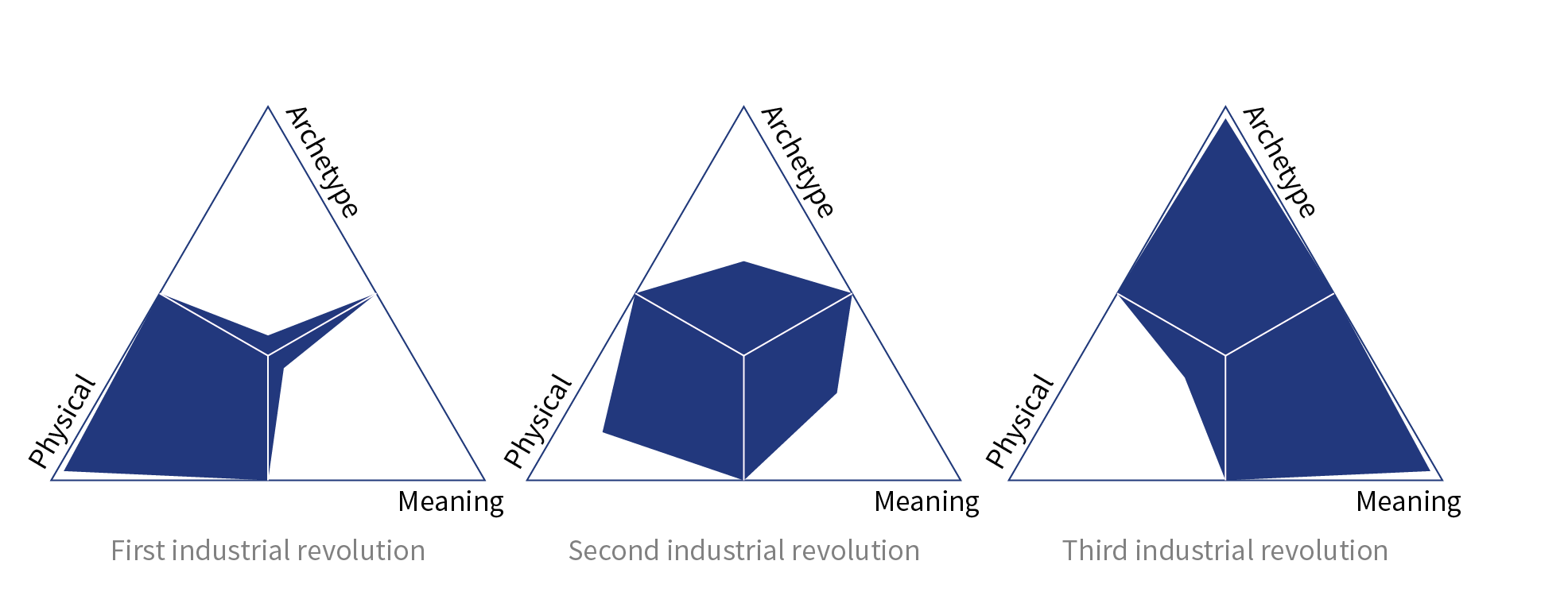
With each industrial revolution, the design space expands. That is the space in which designers can look for solutions to problems. It contains all current human technological knowledge. At the frontiers of the design space, pushing it outward, are three types of industries: core inputs, infrastructures and leading industries. The first provides an input for the latter, that input becomes increasingly available at decreasing prices. Infrastructures facilitate rapid spread. The frontiers are strongly interconnected: if one grows, the others grow too. An example of this are the computer, microelectronics and telecommunication industries of the third industrial revolution: more computers sold required more electronics. For the fourth industrial revolution it is all about cyberphysical systems. Systems that blur the boundaries between the digital world and the physical world. Until now, we can see those boundaries as interfaces. In the future, interfaces may move into the physical world and become tangible.
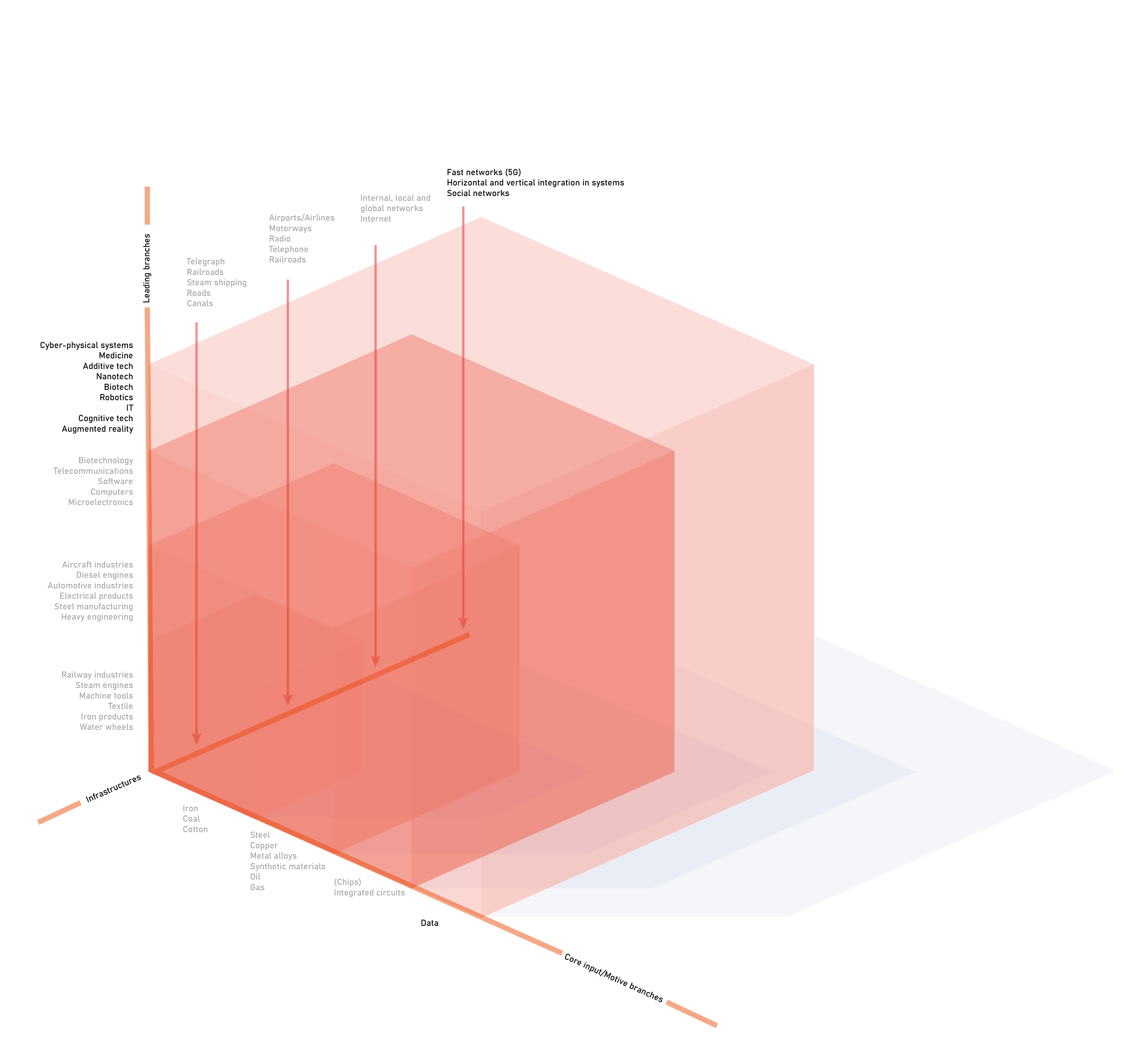
The project was concluded with a case study in which I show a possible design for a future refrigerator. The design is based on a few focal points and is meant to inspire and stimulate further thinking about the future of design. It is also an example of thinking wildly out of what we now deem possible to see what it means and how to anticipate. See below.
This is a very short summary of the project. I created a report that is relatively easy to read and understand. If you are interested in the results or the process, the full report can be downloaded here: http://essay.utwente.nl/87908/
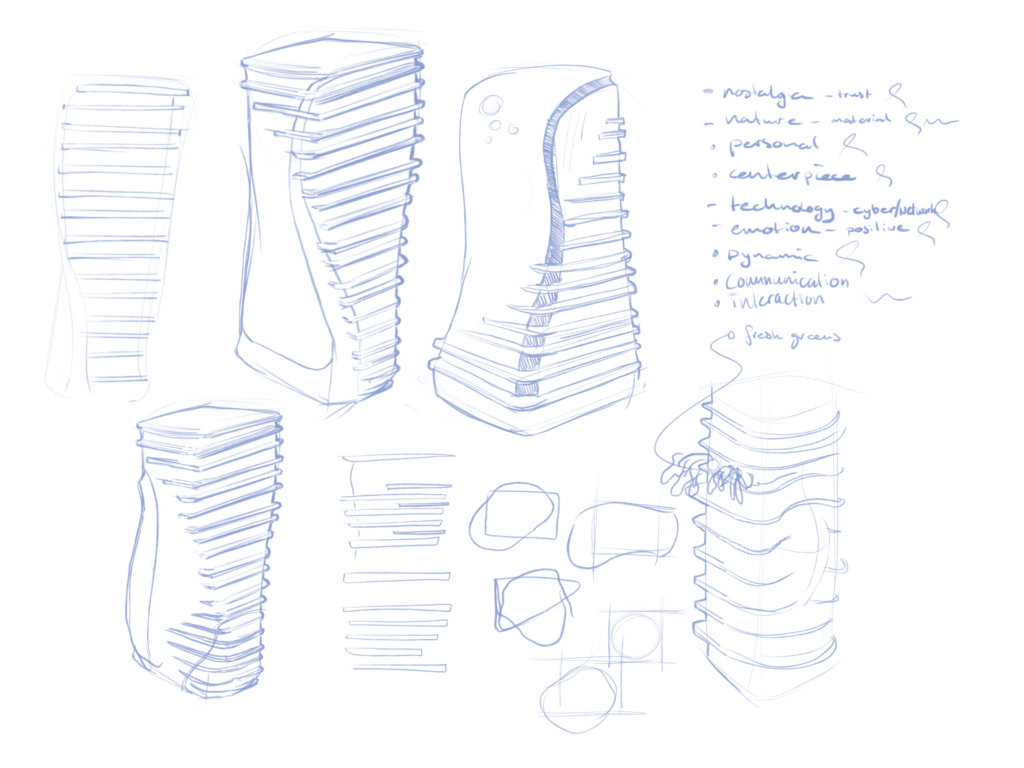
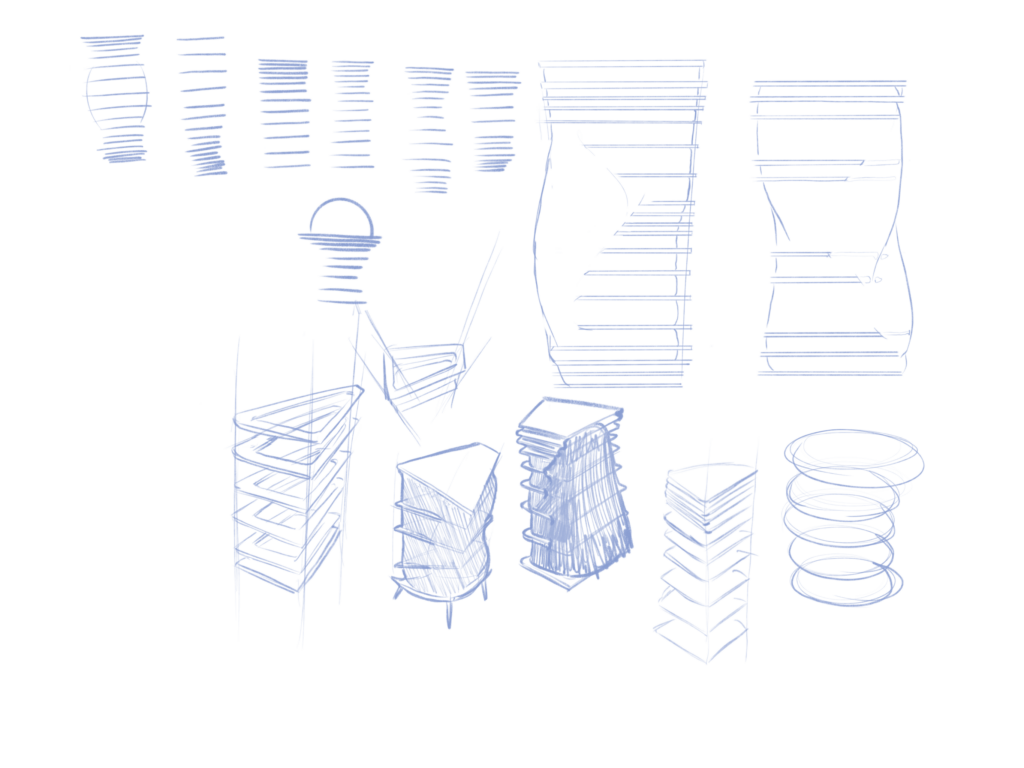
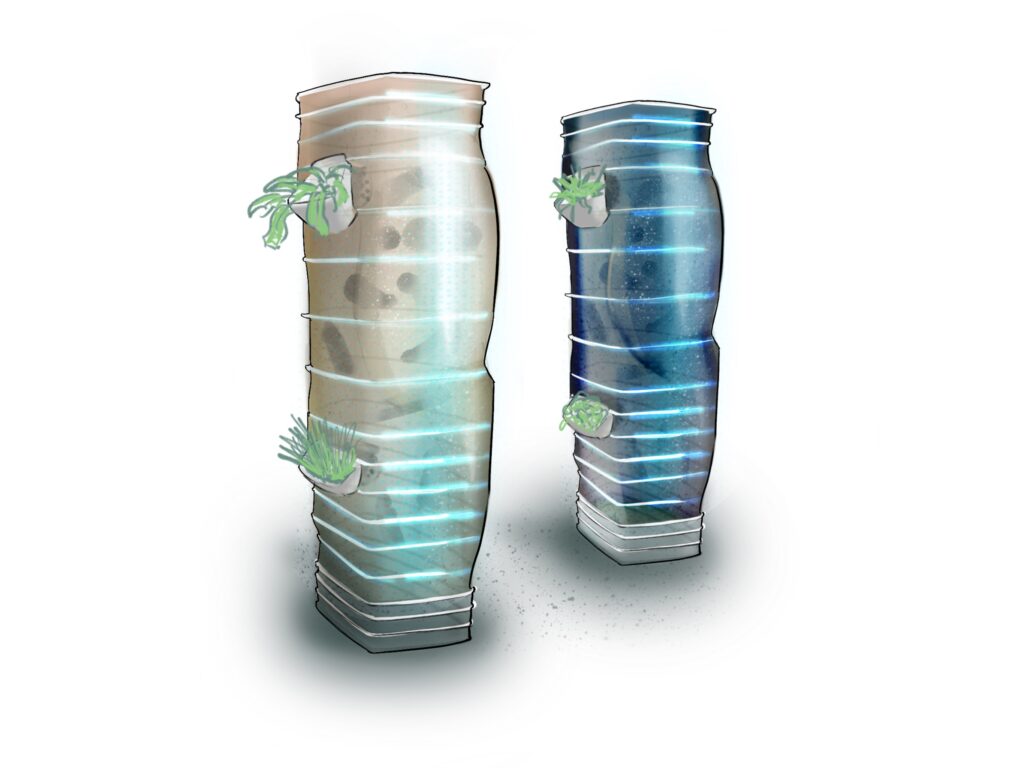
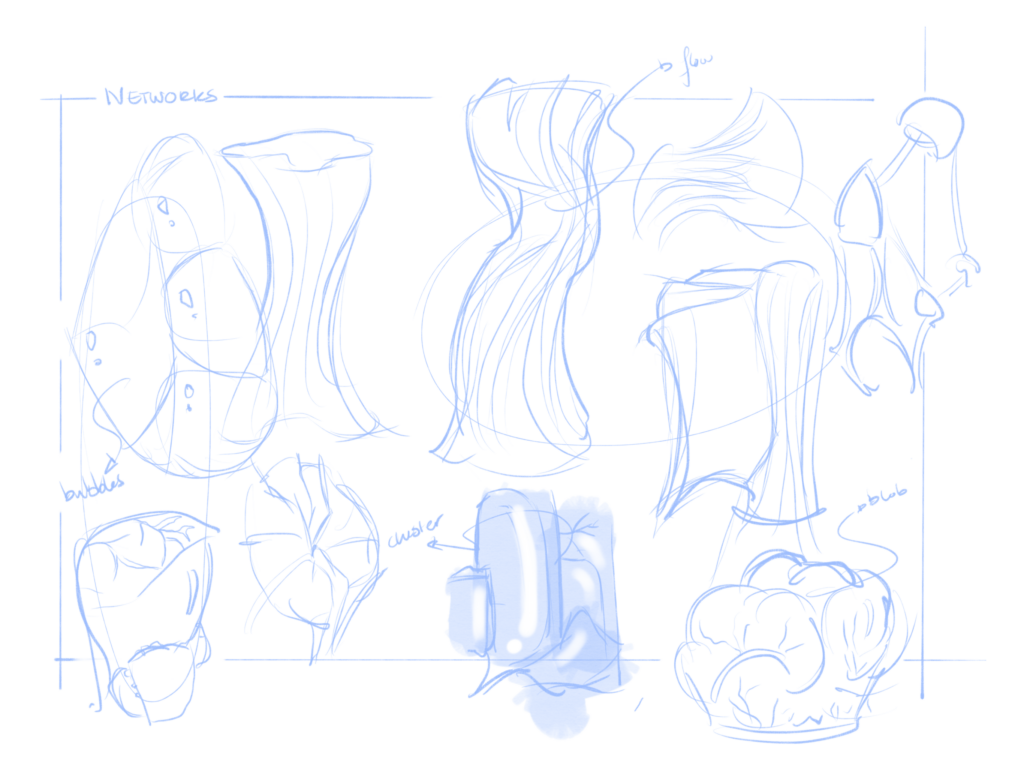
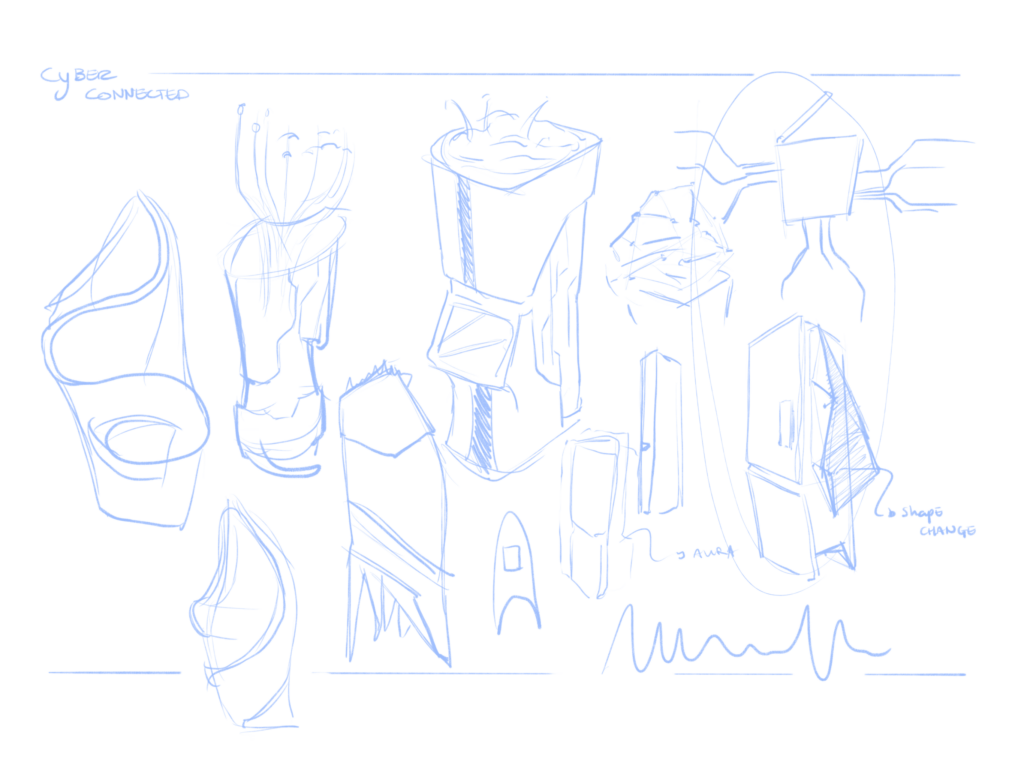
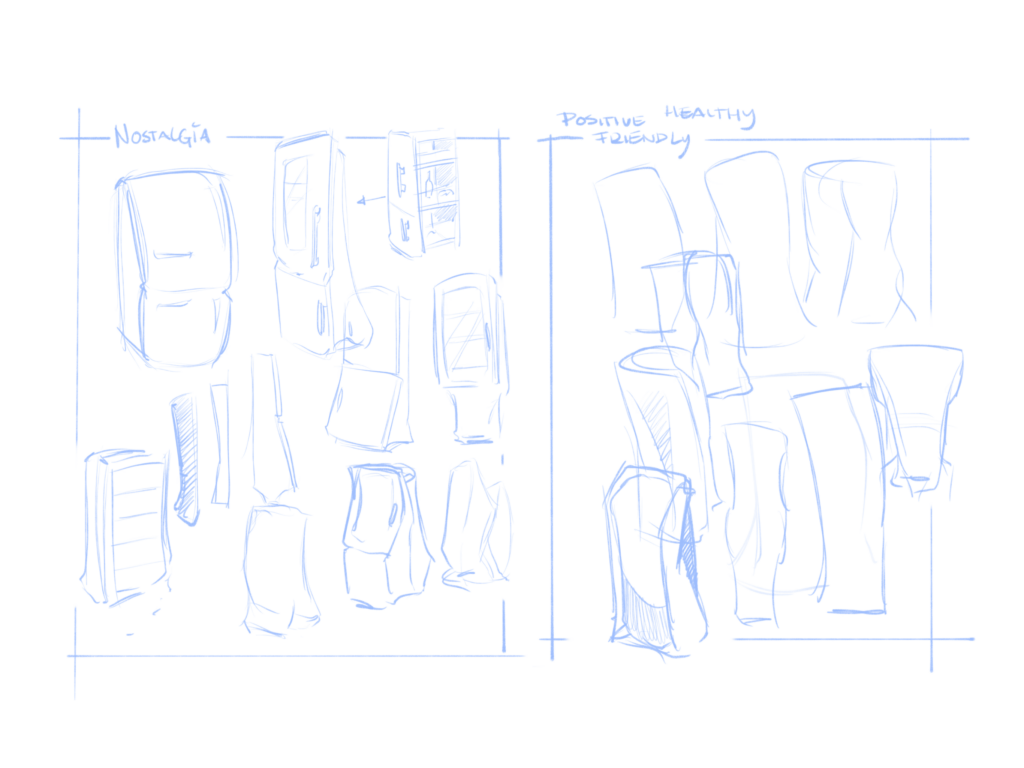
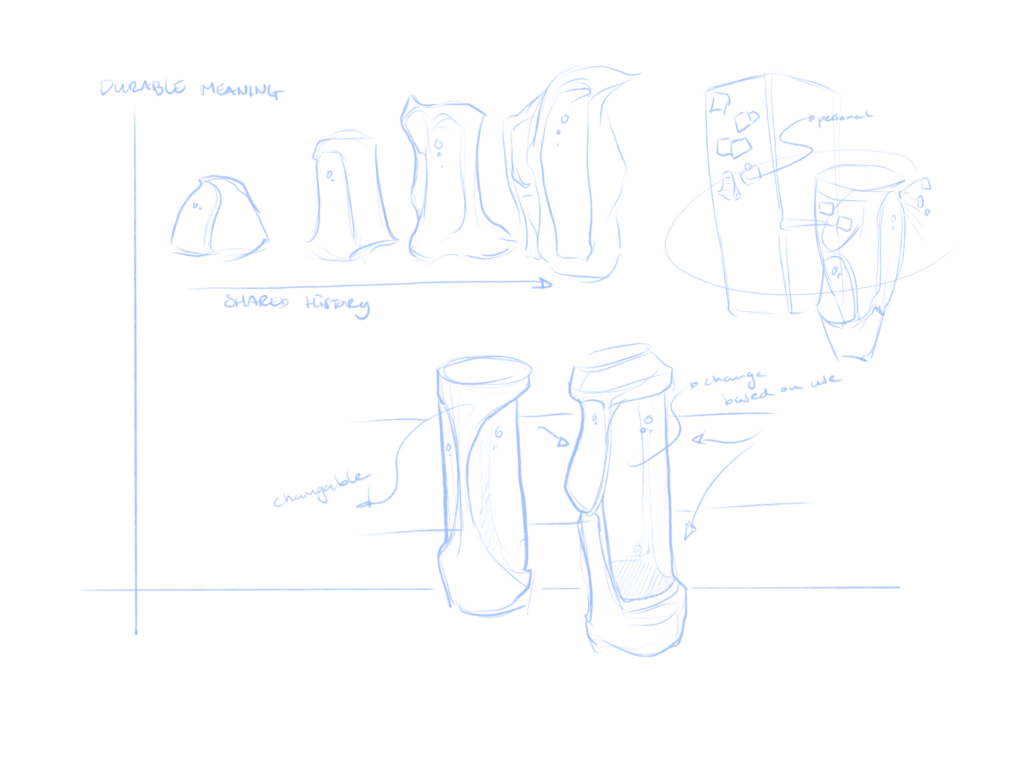
The fridge design vision below is much more novel and does not look like traditional refrigerators anymore. Which was the point of the case studies. The underlying focus points that emerged from the research, however, are still embedded in the vision. These points, for example, include: durability (growing a meaningful relationship with the user), connectedness, being part of a larger network (Internet of Things), and trust (through using friendly styling or nostalgic cues in the design for example).
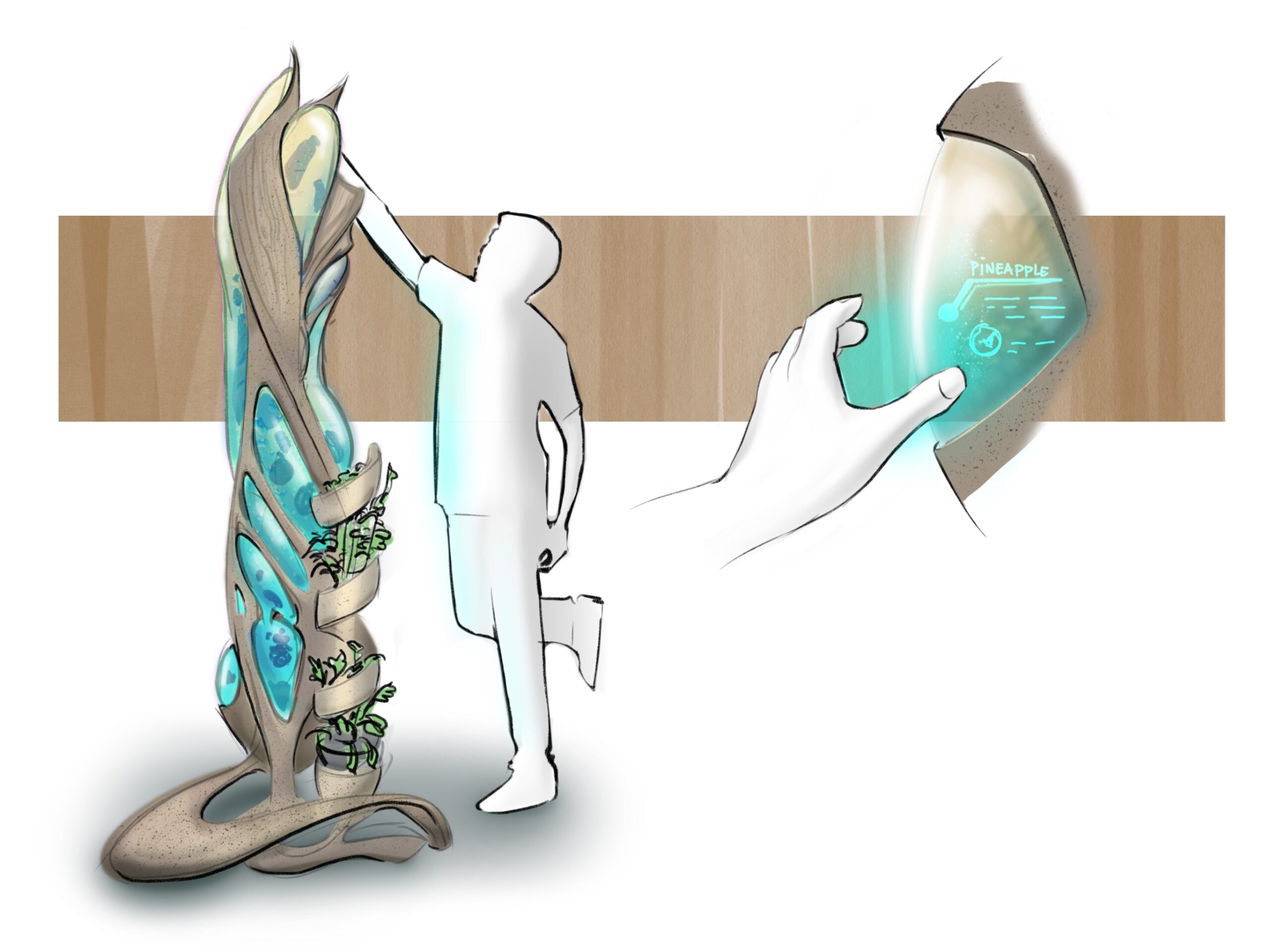
Tom Feij, 2021